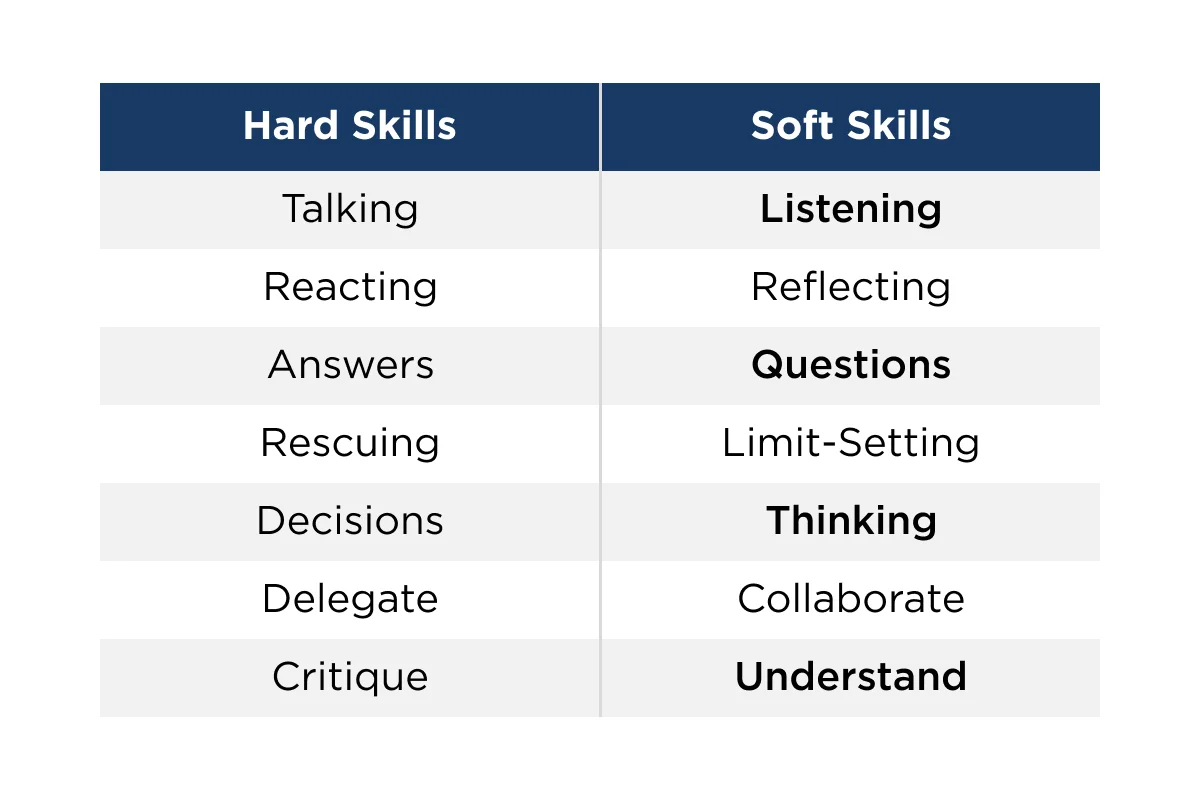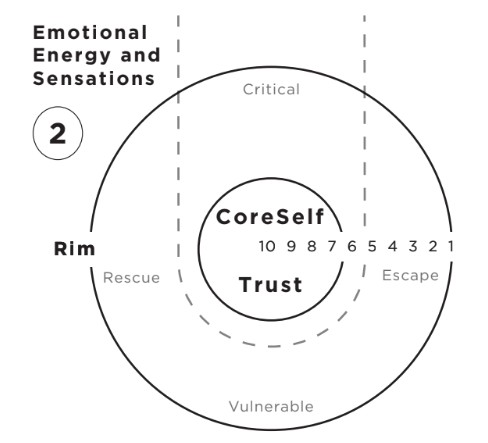NBTs: The Next Generation of Self-Awareness Tools for Teams, Leaders—and AI

Why Navigational Behavioral Tools are emerging as a key advantage in a world of overwhelm, hybrid work, and AI acceleration.
Leadership used to be about answers.
Now it’s about navigation.
Every manager, founder, or team lead faces moments where direction blurs: tension in the room, misaligned execution, emotional friction, or just an unspoken “something’s off.”
We used to call HR. Or wing it. Or let it ride.
Today, high-performing teams are doing something else: they’re turning to a new class of clarity tools designed for real-time, values-aligned decision-making.
They’re called NBTs, Navigational Behavioral Tools, and they’re quietly becoming a strategic edge.
What Are NBTs?
NBTs help individuals and teams:
- Observe their current mindset or emotional state
- Orient around values, energy, or outcomes
- Choose a clear and actionable next step
They’re structured enough to drive alignment, yet flexible enough to use without a manager, coach, or team-building retreat. Most importantly, they work in real time, not just during off-sites or performance reviews.
This kind of “self-mapping” capability is no longer a wellness perk. It’s a strategic imperative.
As Peter Drucker wrote: “You cannot manage other people unless you manage yourself first.”
NBTs help people do exactly that—starting in under 60 seconds.
With CoreSelf Mapping (CSM), individuals can quickly check in using two questions, Where am I? and Where do I want to be?, and rate themselves on an Emotion-to-Energy scale from 1 (low energy, high tension) to 10 (focused, clear, calm). This fast pulse check restores presence and focus in emotionally reactive moments.
That said, a full self-directed CSM takes around 60 minutes to complete, especially when navigating complexity. In guided settings, such as internal leadership workshops or facilitated team sessions, the CSM process typically takes 30–60 minutes and is outlined in the CoreSelf Positioning book as a scalable clarity tool.
The CoreSelf Framework: An NBT for Today’s Work World
At the forefront of this movement is the CoreSelf Framework, co-developed by Jonathan Thomas and Tim Preston. It offers a scalable way to support self-leadership, relational clarity, and team resilience.
Here’s how it works:
CoreSelf Mapping (CSM)
Ask two questions:
- Where am I right now?
- Where do I want to be?

This diagnostic isn’t about naming feelings, it’s about tracking energy, focus, and internal coherence. Using the 1-10 scale, professionals can self-regulate and shift with intention rather than react on autopilot.
CoreSelf Positioning (CSP)
Once individuals gain internal clarity, CSP helps teams get on the same page together. It starts with:
- Where are we?
- Where do we want to be?
This isn’t alignment through pressure, it’s shared understanding through positioning. It supports what Harvard’s Amy Edmondson calls “psychological safety with purpose”, helping teams name what matters before attempting to solve it.
CoreSelf Journaling (CSJ)
CSJ is the daily pulse-check built on four quick prompts:
- Situation
- Strengths
- Struggles
- Strategies
Paired with the 1505 rhythm (15 seconds to pause, 5 minutes to reflect), CSJ is practical, sustainable, and personalized. It enhances emotional clarity without burdening the schedule, making self-awareness a team-wide skill, not just a wellness checkbox.
As Stewart Friedman of Wharton’s Total Leadership project puts it: “Self-reflection isn’t a break from productivity. It’s the foundation of it.”
Why NBTs Work Alongside (Not Against) AI
In 2025, AI isn’t the disruptor, it’s the amplifier.
While tools like ChatGPT and other large language models can reflect, analyze, or summarize, they don’t know what truly matters to you. That’s the domain of your internal compass.
NBTs like the CoreSelf Framework activate this compass, helping individuals use AI as a thinking partner rather than a thinking replacement.
Together, they create a real-time loop of:
Internal clarity → external reflection → aligned action
Try It with Your Team Today
Before your next 1:1 or leadership meeting, ask each participant:
- Where are you on a 1-10 scale (emotion-to-energy)?
- Where would you rather be?
It takes less than a minute. But it opens the door to presence, self-awareness, and clear forward movement, before defaulting to tactical to-dos or unspoken tension.
Final Thought
In a world of accelerated decisions, emotional labor, and AI-enabled productivity, clarity is no longer a luxury. It’s a capability.
Navigational Behavioral Tools offer a new frontier in leadership development, not just for executives, but for every member of a culture that values presence, perspective, and purposeful next steps.
Because in today’s workplace, direction isn’t handed down.
It’s mapped from within.
Learn more about CoreSelf for Corporate settings, or try a CoreSelf Map yourself!
References
- Goleman, D. (1995). Emotional Intelligence. Bantam Books.
- Drucker, P. (2001). The Essential Drucker. HarperBusiness.
- Edmondson, A. (2019). The Fearless Organization. Wiley.
- Friedman, S. (2014). Total Leadership. Harvard Business Press.
- Preston, T., & Thomas, J. (2025). CoreSelf Positioning: Getting on the Same Page, Literally. Amplify Publishing.
Attribution
Where an outer challenge meets an inner power—and that inner drive meets an external resource like AI, clarity becomes action. This article was shaped through lived experience, original insight, and AI-supported structure.
About the Authors
Jonathan Thomas, MSW
Whether at the potter's wheel, coaching medical professionals and teams, or in his private counseling practice, Jonathan Thomas has spent his life molding, shaping and creating something beautiful and new.
Tim Preston
As a successful serial-entrepreneur and angel investor, Tim Preston has spent the majority of his life learning, overcoming, and creating, from blank pieces of paper: self, spaces, teams, and businesses.
Together, Jonathan and Tim founded Simple. Not Easy., LLC, a company that developed CoreSelf Positioning™ tools to help companies and individuals to slow down and align energy levels, values, and actions in order to formulate their best next steps.
Learn more about Jonathan, Tim & CoreSelf Positioning.